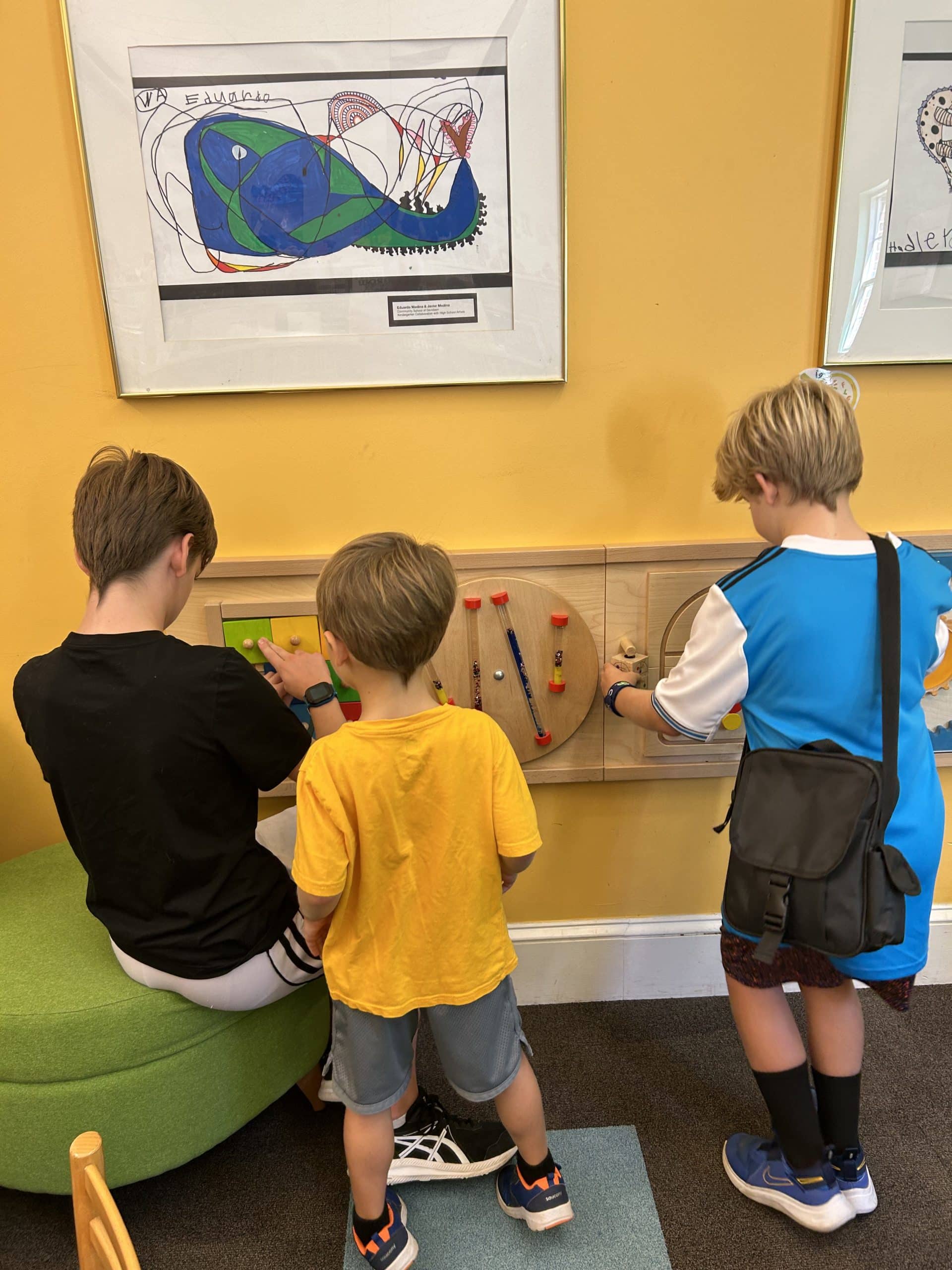Respectful disagreements are diminishing among today’s students. Schools should prioritize teaching students how to disagree respectfully. This doesn’t mean always being nice to each other; it means learning to disagree while still honoring each other’s dignity and standing by their beliefs and principles. Students should be encouraged to find solutions to problems rather than getting into quarrels. Classrooms should focus on developing students’ dialogue skills and emphasizing positive interactions.
Strategies for Respectful Disagreements
As students disagree, their individual beliefs and personal identities are questioned. Learning to be respectful while disagreeing is critical for collaboration and communication. Polite conversation is necessary for students. With diverse classrooms, ground rules are an important part of discussions. Students need to feel comfortable and safe sharing their opinions.
- Students should refrain from engaging in personal attacks when discussing differences. They should show respect for different viewpoints and keep disagreements in the classroom. As a disagreement escalates, remind students to respect the dignity of the beliefs of others.
- Model the expected behavior of respect for differences. Avoid using language that is dismissive or condescending. Use non-judgmental language. Address problematic language immediately.
- Teach students to listen. Listening is crucial for respectful discourse. Actively listening demonstrates that opinions are valued.
- Teach students how to differentiate between factual information and fake news in the media, and promote the use of evidence.
- It is important to consider and reflect on each student’s perspectives, including their communication styles and how to improve.
Students should understand that there is a diversity of beliefs, and opinions and that no one is better than the other. It is okay to disagree, and respecting different opinions creates empathy.
Students need to learn how to disagree respectfully. This skill helps them navigate difficult relationships, have meaningful discussions, and engage with the diverse world. Respectful disagreement involves using the right tone, choosing appropriate words, and being mindful of body language.
Manage Disagreements
Disagreements in the classroom among students can be uncomfortable. Students need to learn how to manage their emotions and take a moment to breathe. The objective of an argument should be to find a solution, not to win. Encourage students to ask questions to understand each other’s viewpoints. Guide students to see disagreements as opportunities for learning, rather than as a chance to attack one another.
Creating respectful students in the classroom isn’t easy. Diverse perspectives need to be welcomed. Encouraging a healthy climate with strategies to manage discomfort leads to a happy controlled classroom of communicative and collaborative students.



